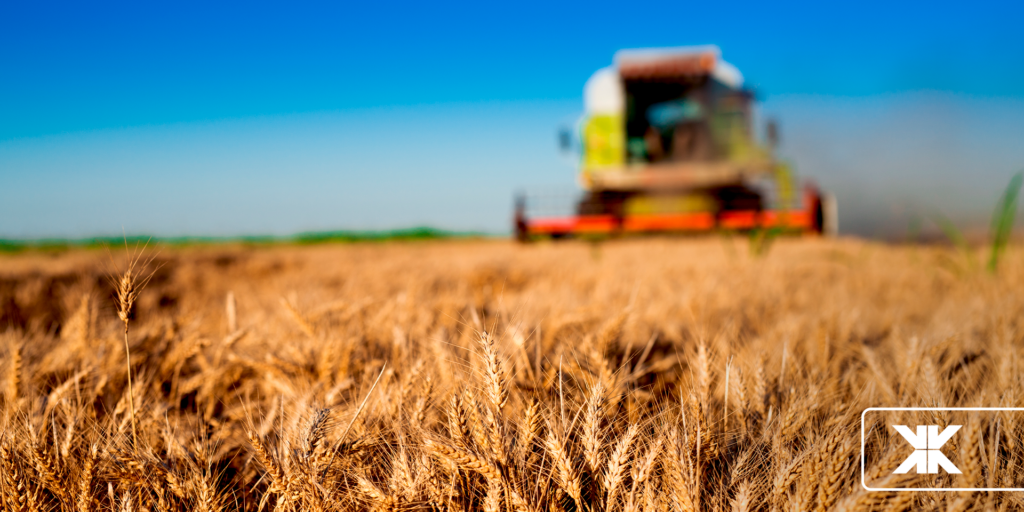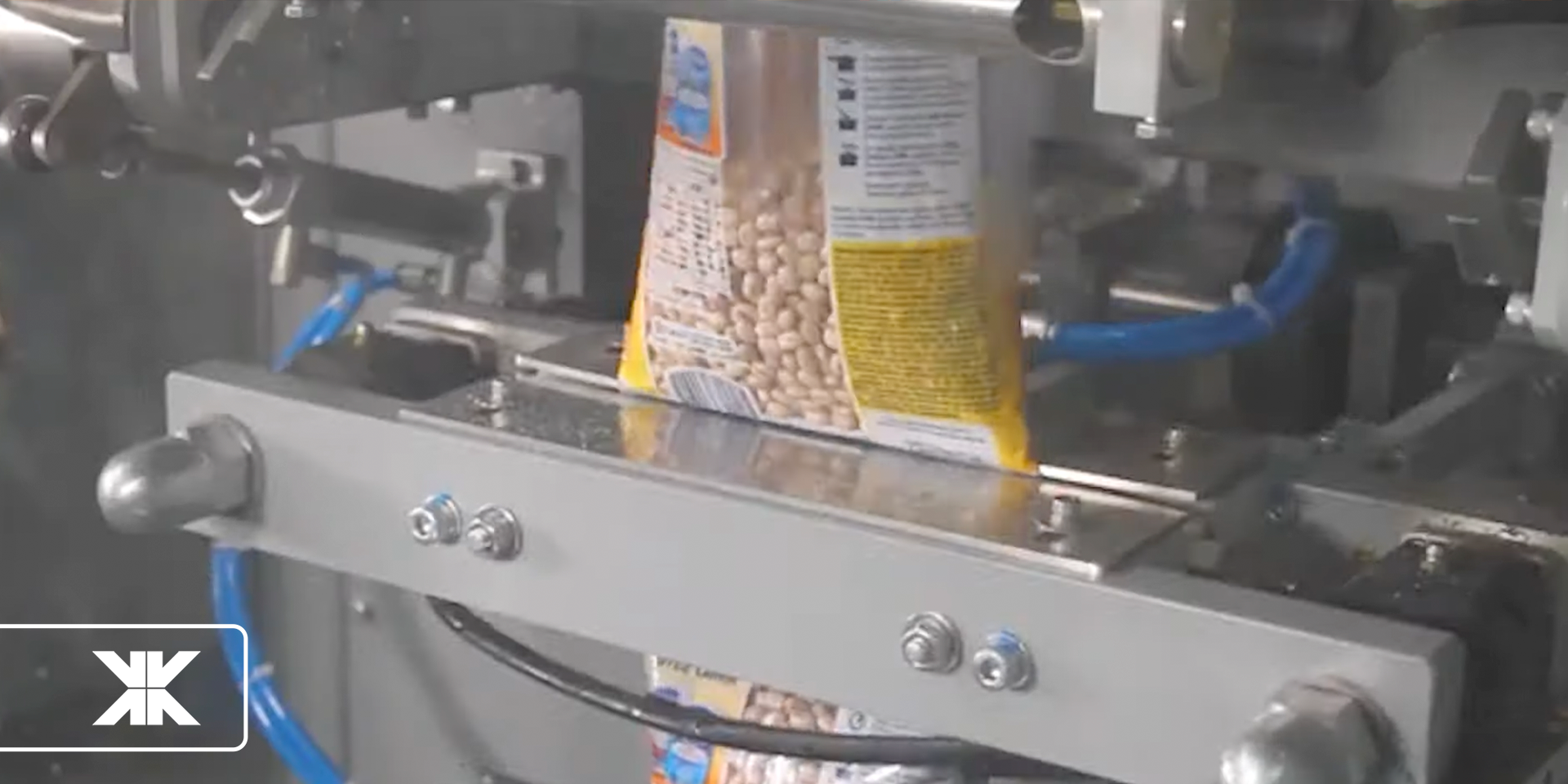
Categoria: Innovation
7 TRENDS FOR THE FOOD INDUSTRY IN 2024 YOU NEED TO KNOW
Did you know that the food industry is responsible for at least 1/3 of total global greenhouse gas emissions? And that to feed the growing world population, we will have to increase food production by up to 70% by 2050?
These are some of the challenges that the food sector is currently facing and which require urgent innovations to guarantee the sustainability, quality and safety of the food that reaches our tables.
In this article, we will present the main trends for the food industry in 2024.
Check out the main trends for food industries in 2024
Find out below how trends in the food industry reflect changes in behavior and preferences among consumers, who are increasingly aware and demanding of what they eat and drink.
1. Sustainability in ingredients
The search for quality of life and concern for the environment continue to influence consumer choices. Sustainable ingredients from responsible sources are gaining prominence.
The preference for food produced ethically and with a lower environmental impact is leading companies to rethink their supply chains.
The use of organic, non-genetically modified (GMO) ingredients from regenerative agriculture is in line with consumer concerns.
Brands that adopt sustainable practices have a unique opportunity to stand out and win the loyalty of customers committed to preserving the planet.
2. Increased demand for vegan and plant-based foods

A food revolution is underway, driven by the growing demand for plant-based foods. With the desire to pursue quality of life and maintain a healthy diet, consumers are adopting a more conscious and healthy approach.
The vegan and plant-based food market has expanded exponentially, registering growth of 25% per year. People are looking for alternatives that offer the same flavors and gastronomic pleasures, but with superior nutritional benefits.
Companies that invest in innovative products in this segment have the opportunity to reach a growing and diverse audience.
3. Bigger demand for nutritious food
The quest for healthy living is driving demand for foods that offer tangible nutritional benefits. The industry is responding to this need, creating products that go beyond taste, incorporating functional ingredients and enriched with essential vitamins and minerals.
Foods fortified with fiber, high-quality proteins and beneficial fatty acids are gaining shelf space. To give you an idea, 64% of consumers say they are willing to pay more for foods that offer health benefits.
As awareness of the importance of nutrition expands, companies that prioritize the nutritional quality of their products will be well-positioned to meet the demands of a public that values health and well-being.
4. Traceability
Consumers are increasingly interested in knowing the origins of the food they consume and the history behind it. Traceability has become a necessity, and companies are investing in technologies that allow food to be tracked throughout its entire journey, from the field to the final consumer.
This not only guarantees food safety, but also increases consumer confidence in the origin and quality of products.
The implementation of technologies such as QR Codes allows consumers to access detailed information about the origin, cultivation, processing and distribution of food. This transparency offers consumers peace of mind and creates a deeper connection between the brand and the audience.
5. Process automation

To meet industry demands and optimize processes, automation has become essential. It not only reduces costs, but also guarantees safety and hygiene in production. Companies are investing in advanced technologies to increase productivity and food quality.
Indumak, for example, offers automation solutions that help optimize processes, ensuring greater efficiency and quality. Automation also enables real-time data collection and analysis, providing valuable insights for strategic decision-making.
Additionally, automation lighten employees’ workload, allowing them to focus on more creative and strategic tasks.
6. Proactive personalization
What benefits one person’s well-being may not be suitable for another. A “one size fits all” approach to health and nutrition is being replaced by personalized strategies, more aligned with the idea of “what’s best for me.”
In fact, 63% of global consumers express interest in foods and beverages tailored to meet their individual nutritional needs. Additionally, 55% of consumers worldwide are willing to invest more in functional foods that can support their health goals. Furthermore, these personalized solutions ideally harmonize with each individual’s lifestyle, considering their taste preferences and cultural background.
7. Modern Pet Breeding
One trend that is gaining prominence is modern pet keeping. As pets become an integral part of families, the demand for high-quality food for them is increasing.
The search for food options that meet the specific nutritional needs of animals and promote health and well-being is a priority for many pet owners.
Brands are dedicating themselves to offering products that go beyond simple snacks, providing balanced and nutritious meals for four-legged companions.
As we approach the end of the year, trends for the food industry in 2024 are already shaping an exciting scenario full of opportunities. Sustainability, health, innovation and automation will be essential pillars for the success of companies in this sector
Fortunately, Indumak, aligned with these trends, is ready to help your company stand out, optimize processes and meet the demands of a constantly evolving market.
Did you like this content? So, visit the Indumak website and discover how our solutions can propel your company towards the future of the food industry!
Read also: How to avoid bottlenecks in the food industry in the packaging process.







